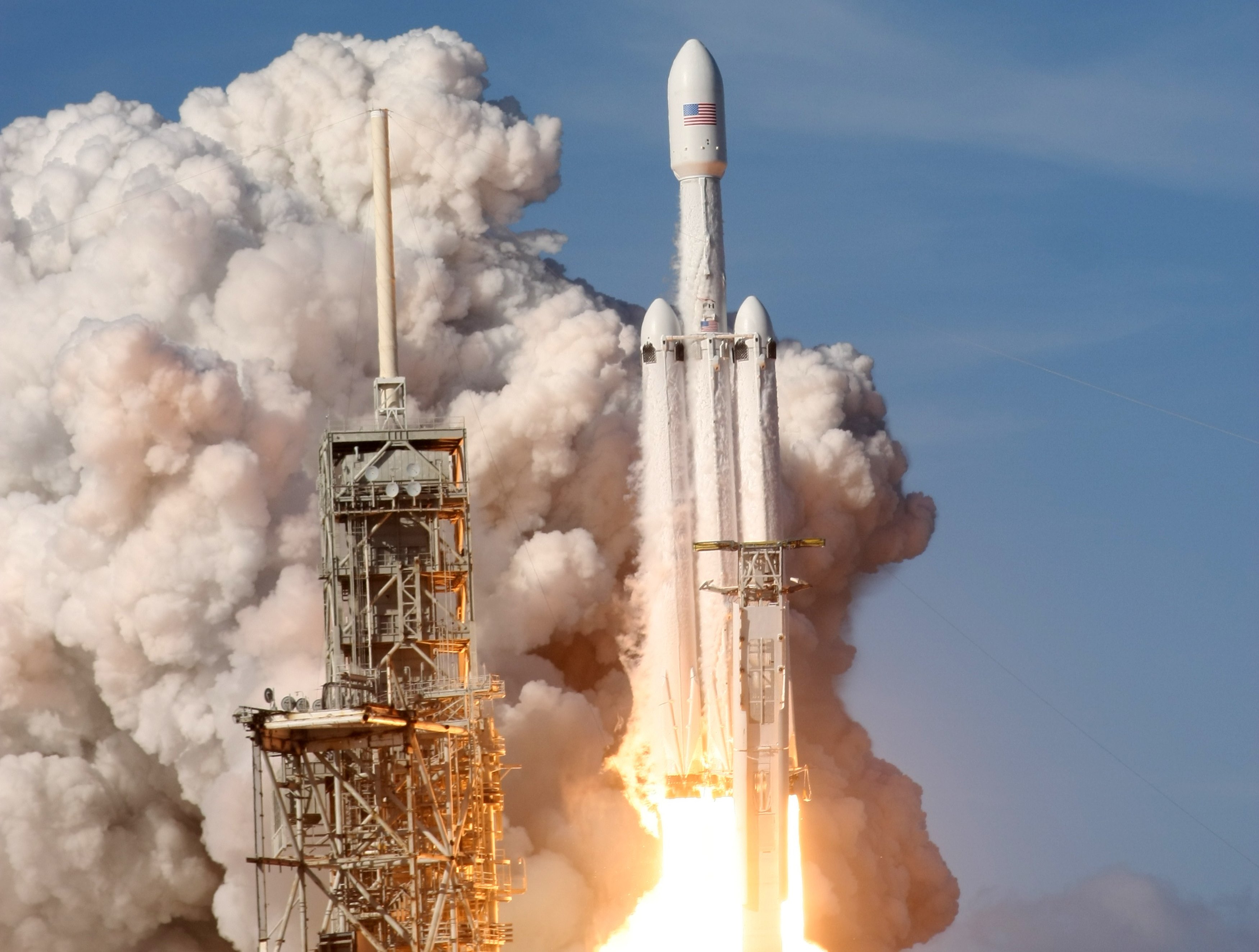
By Steve Gorman
(Reuters) -NASA and Elon Musk’s commercial rocket company SpaceX launched a new four-astronaut team on a flight to the International Space Station on Friday, the first crew ever propelled into orbit by a rocket booster recycled from a previous spaceflight.
The company’s Crew Dragon capsule Endeavour, also making its second flight, streaked into the darkened pre-dawn sky atop a SpaceX Falcon 9 rocket as its nine Merlin engines roared to life at 5:49 a.m. (0949 GMT) from NASA’s Kennedy Space Center in Florida.
The blastoff on Cape Canaveral was aired live on NASA TV.
The crew is due to arrive at the space station, orbiting some 250 miles (400 km) above Earth, early on Saturday following a flight of about 23 hours. On the way they will have time to dine on pre-packaged meals and snacks and to get some sleep.
Within 10 minutes of launch, the rocket’s second stage had delivered the crew capsule to Earth orbit, traveling at nearly 17,000 miles per hour, according to launch commentators.
The rocket’s first stage, meanwhile, descended back to Earth and touched down safely on a landing platform floating in the Atlantic on a drone ship affectionately named Of Course I Still Love You.
The mission marks the second “operational” space station team launched by NASA aboard a Crew Dragon capsule since human spaceflights resumed from American soil last year, following a nine-year hiatus at the end of the U.S. space shuttle program in 2011.
It is also the third crewed flight launched into orbit in 11 months under NASA’s fledgling public-private partnership with SpaceX, the rocket company founded in 2002 by Musk, who is also CEO of electric car maker Tesla Inc.
The first was an out-and-back test mission carrying just two astronauts into orbit last May, followed by SpaceX’s maiden flight of a full-fledged four-member space station crew in November.
“The future’s looking good. I think we’re at the dawn of a new era of space exploration,” the billionaire entrepreneur said at a briefing with NASA officials after watching the liftoff from launch control.
Friday’s Crew 2 team consists of two NASA astronauts – mission commander Shane Kimbrough, 53, and pilot Megan McArthur, 49 – along with Japanese astronaut Akihiko Hoshide, 52, and fellow mission specialist Thomas Pesquet, 43, a French engineer from the European Space Agency.
A video camera mounted inside the crew capsule showed the four helmeted astronauts, dressed in white flight suits and black boots, seated side by side at the controls of the capsule early in their journey.
About two hours later, relaxing in their weightless environment, they hosted a brief tour of the cabin for NASA TV’s audience.
“The ride was really smooth, and we couldn’t have asked for anything better,” McArthur said. “Hope you enjoyed the show.”
Pesquet held the camera up to one of the capsule’s windows, giving viewers a glimpse of Madagascar from orbit.
LONG-DURATION MISSION
They are expected to spend about six months aboard the orbiting research platform conducting science experiments and maintenance before returning to Earth. The four members of Crew 1, sent to the space station in November, are slated to fly home on April 28.
The Crew 2 mission made a bit of spaceflight history due to the fact that its Falcon 9 rocket blasted off with the same first-stage booster that lofted Crew 1 into orbit five months ago, marking the first time a previously flown booster has ever been re-used in a crewed launch.
Reusable booster vehicles, designed to fly themselves back to Earth and land safely rather than fall into the sea after launch, are at the heart of a re-usable rocket strategy that SpaceX helped pioneer to make spaceflight more economical.
SpaceX has logged dozens of Falcon 9 booster return landings, and the company has refurbished and re-used most of them, some for multiple flights. But all of those flights, until Friday’s mission, only carried cargo.
Crew 2’s pilot, McArthur, made a bit of history herself as the first female pilot of the Crew Dragon and the second person from her family to ride aboard the SpaceX capsule. She is married to NASA astronaut Bob Behnken, who flew the SpaceX demonstration flight with fellow astronaut Doug Hurley last year. The same Crew Dragon was used for that flight as well.
If all goes well, Crew 2 will be welcomed aboard the space station Saturday by the four Crew 1 astronauts – three from NASA and one from the Japan Aerospace Exploration Agency JAXA. Two Russian cosmonauts and a U.S. astronaut who shared a Soyuz flight to the space station are also aboard.
(Reporting by Steve Gorman in Los Angeles; Editing by Simon Cameron-Moore, Nick Macfie, William Maclean and Steve Orlofsky)











